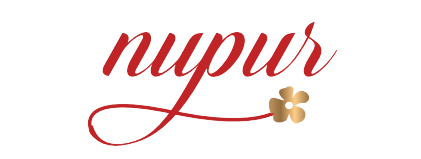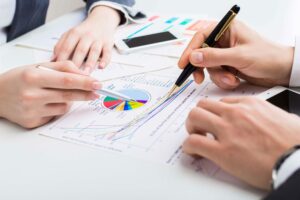
And finally, current liabilities are typically paid with Current assets. Shareholders’ equity is what’s left of a company’s assets after paying off debts. It includes money from investors, profits kept in the company, and shares bought back. Assets are split into current assets (like cash and inventory) and non-current assets (long-term investments and equipment). This helps understand a company’s quick cash and financial strength. Investors use the balance sheet equation to check a company’s financial setup and value.
- Without knowing which receivables a company is likely to actually receive, a company must make estimates and reflect its best guess as part of the balance sheet.
- Assets are anything valuable that your company owns, whether it’s equipment, land, buildings, or intellectual property.
- In this article, we take a deep dive to understand the core attributes of the accounting equation, its role in day to day transactions and how it plays a crucial role in accurate financial reporting.
- Cash (an asset) rises by $10M, and Share Capital (an equity account) rises by $10M, balancing out the balance sheet.
- It borrows $400 from the bank and spends another $600 in order to purchase the machine.
- To balance your books, the accounting equation says assets should always equal liabilities plus equity.
General Journal Entries: 40 Problems and Solutions With PDF
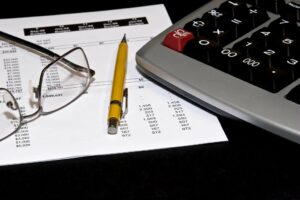
A company’s “uses” of capital (i.e. the purchase of its assets) should be equivalent to its “sources” of capital (i.e. debt, equity). Plug those numbers into the accounting equation, and you’ll see that the business has $75,000 in equity. Without understanding assets, liabilities, and equity, you won’t be able to master your business finances. But armed with this essential info, you’ll be able to make big purchases confidently, and know exactly where your business stands.
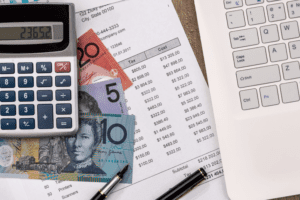
How to Calculate Total Liabilities and Equity?

Right after the bank wires you the money, your cash and your liabilities both go up by $10,000. CARES Act The type of equity that most people are familiar with is “stock”—i.e. If you’ve promised to pay someone in the future, and haven’t paid them yet, that’s a liability. Our intuitive software automates the busywork with powerful tools and features designed to help you simplify your financial management and make informed business decisions.
What Is the Breakdown of the Balance Sheet?
- These three numbers are balanced in relation to each other – that’s why it’s called a balance sheet.
- Includes non-AP obligations that are due within one year’s time or within one operating cycle for the company (whichever is longest).
- Service Revenues include work completed whether or not it was billed.
- Your liabilities are any debts your company has, whether it’s bank loans, mortgages, unpaid bills, IOUs, or any other sum of money that you owe someone else.
- LendingTree is compensated by companies on this site and this compensation may impact how and where offers appear on this site (such as the order).
This example demonstrates the accounting equation’s utility in ensuring all financial records are accurate and expanded accounting equation comprehensive. Overall, the accounting equation underpins financial transparency, serving as the foundation for thorough and reliable reporting. Using accounting software can help ensure that each journal entry you post keeps the formula in balance. If you use a bookkeeper or an accountant, they will also keep an eye on this process. Some may shy away from liabilities while others take advantage of the growth it offers by undertaking debt to bridge the gap from one level of production to another. Here are some of the use cases you may run into when understanding the uses of assets and liabilities.
- A well-balanced capital structure, comprising an appropriate mix of debt and equity, can enhance a company’s ability to invest in growth opportunities and manage financial risk.
- You can improve your current ratio by either increasing your assets or decreasing your liabilities.
- Now let’s turn our attention to the common financial terms that appear on a balance sheet and have a lot to do with your company’s bottom line.
- For those interested in delving deeper into the complexities of balance sheet categorization and the principles of financial accounting, a variety of resources are available.
- You can access these reports through a company’s investor relations section on its website, or via the SEC EDGAR database.
- As a result, the owner has a residual claim for the remainder of $10,000.
Current liabilities
The representation essentially equates all uses of capital or assets to all sources of capital where debt capital leads to liabilities and equity capital leads to shareholders’ equity. The accounting equation is a fundamental concept that states that a company’s total assets are equal to the sum of its liabilities and its shareholders’ equity. This straightforward relationship between assets, liabilities, and equity is the foundation of the double-entry accounting system.
Problem 8: Purchase of Supplies on Credit
This, in turn, supports sound financial analysis and informed decision-making, essential components for the sustainable success and growth of any business. This article has underscored the critical nature of categorizing balance sheet items accurately and the broader implications this has for various stakeholders. Using real-world examples and case studies to illustrate the categorization of balance sheet items can provide valuable insights into the practical application of accounting principles and standards. These examples help to understand how different types of businesses approach the categorization of assets, liabilities, and equity, and how complex categorization scenarios are handled in practice. Liabilities are crucial components of a company’s financial structure, representing what the company owes to others.
Current assets are important because they can be used to determine a company’s owned property. This can provide the necessary information behind how much liquid funds they could produce in the event that those assets had to be sold. At the heart of HighRadius’s R2R solution is an AI-powered platform designed to cater to all accounting roles.
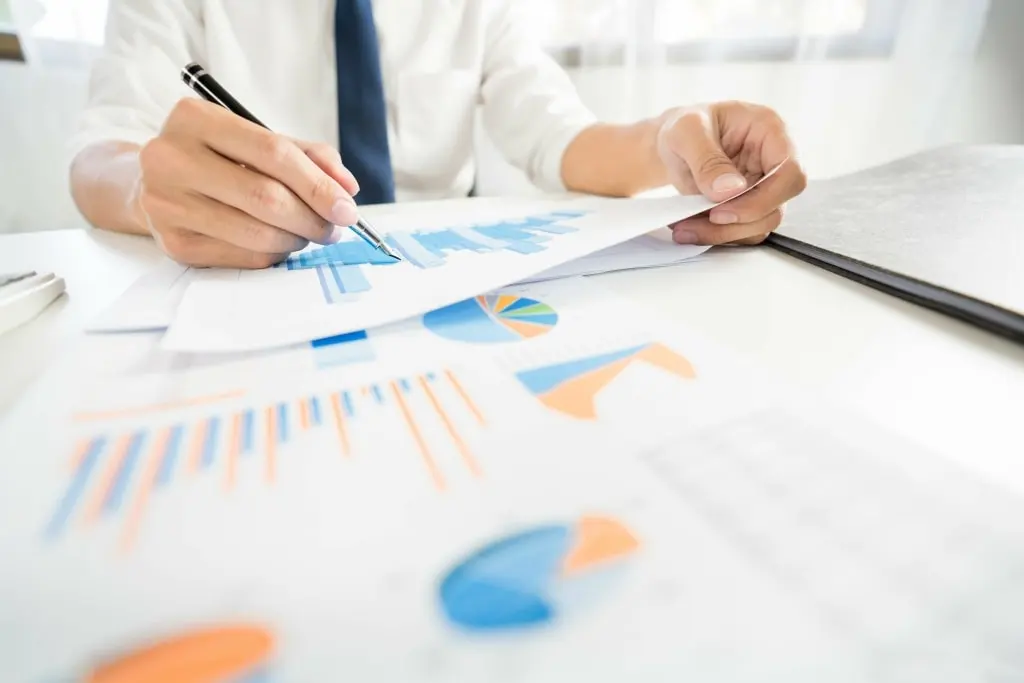
In summary, equity represents the residual interest in a company’s assets after all liabilities have been paid and is a crucial indicator of a company’s financial health and value. This categorization is vital for investors, management, and financial analysts to understand the company’s financial status and make informed decisions. How assets are supported, or financed, by a corresponding growth in payables, debt liabilities, and equity reveals a lot about a company’s financial health. For now, suffice it to say that depending on a company’s line of business and industry characteristics, possessing a reasonable mix of liabilities and equity is a sign of a financially healthy company.
Accounting Transactions: 30 Real-World Problems and Solutions With PDF
- A balance sheet is a financial statement that provides a snapshot of a company’s assets, liabilities, and shareholder equity at a specific point in time.
- The accounting equation demonstrates that a company’s assets are financed by its liabilities and equity, and it forms the foundation of financial statements, such as the balance sheet.
- For instance, buying equipment with cash boosts assets (equipment) and cuts another asset (cash).
- They will include liabilities such as bank overdrafts short-term loans and the current portion of long-term debt, dividends payable, and income taxes.
- Additional paid-in capital or capital surplus represents the amount shareholders have invested in excess of the common or preferred stock accounts, which are based on par value rather than market price.
The accounting equation is often expressed as an accounting formula and states that the sum of liabilities and equity is always equivalent to the total assets of the organization. It is the fundamental foundation of accounting that ensures financial statement accuracy. Common examples of assets found on a balance sheet include accounts receivable, cash, buildings, and inventory.
How is the balance sheet valuable formula for financial analysis?
The Balance Sheet shows the relationship between Assets, Liabilities, and Equity, where assets normally maintain a positive balance and equity and liabilities maintain How to Run Payroll for Restaurants a negative balance. Current liabilities are debts that are paid in 12 months or less, and consist mainly of monthly operating debts. Examples of current liabilities may include accounts payable and customer deposits. Current assets are items that are completely consumed, sold, or converted into cash in 12 months or less. Examples of current assets include accounts receivable and prepaid expenses.
